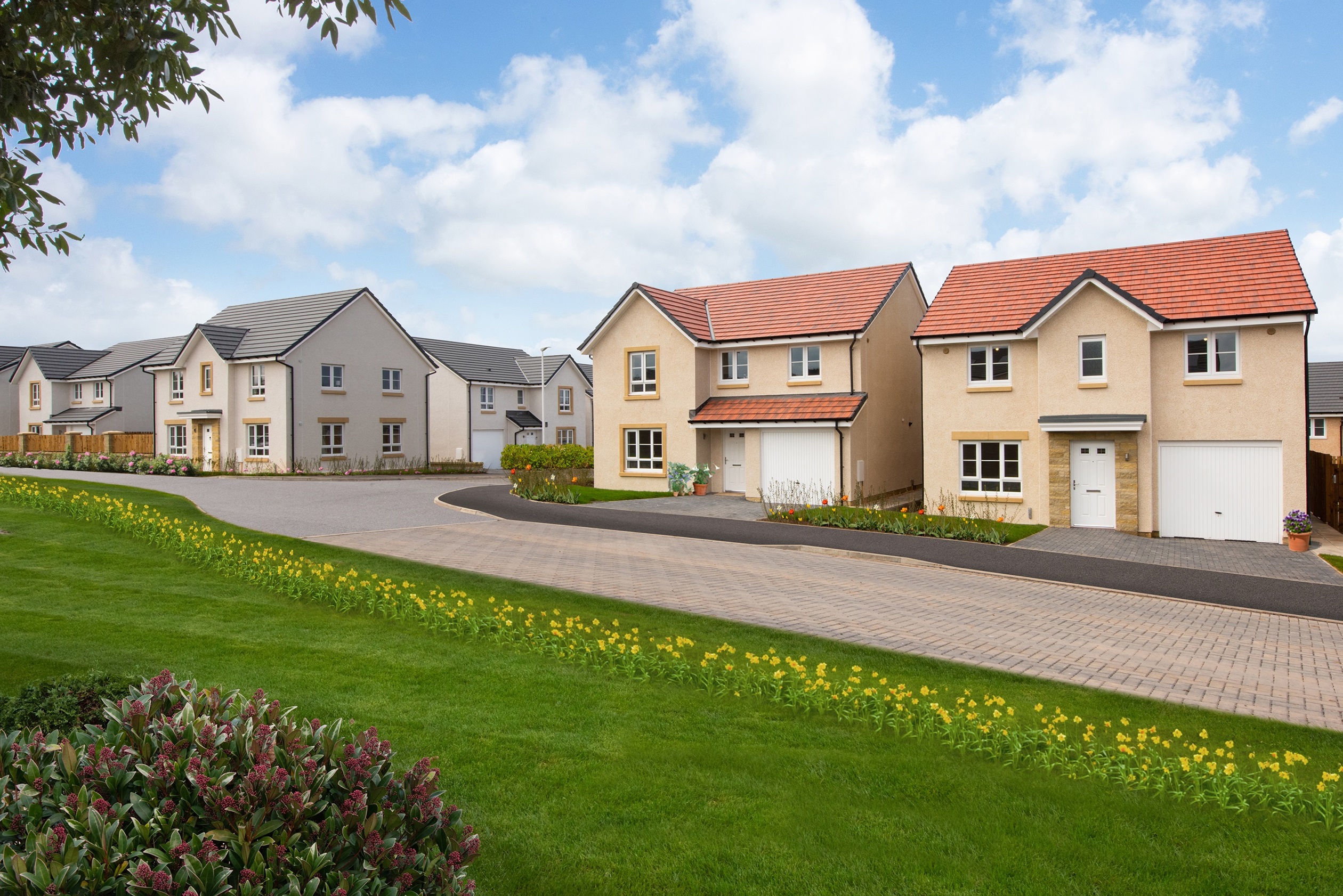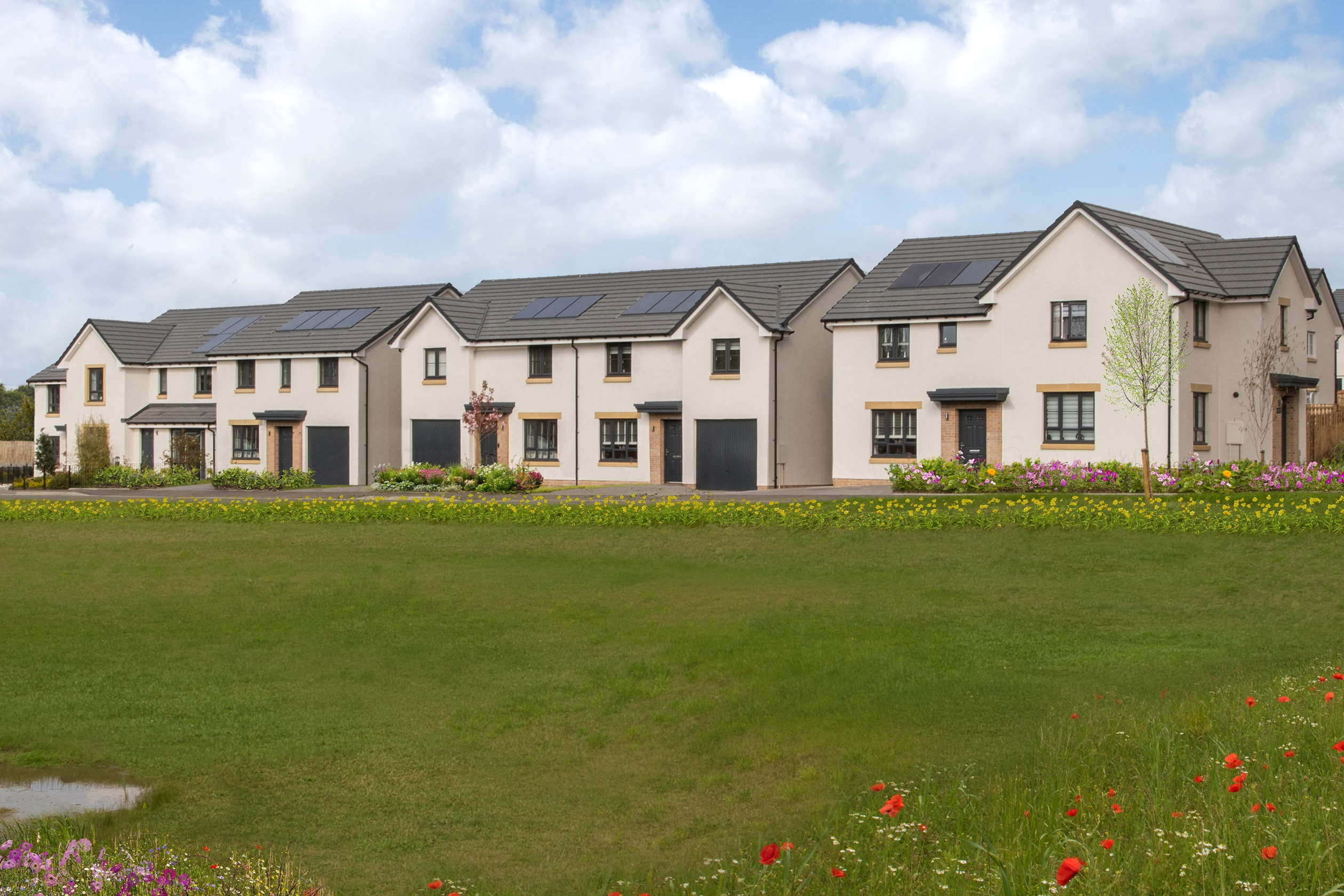
Your guide to Energy Performance Certificates
EPC explained

Do I Need an EPC?

Which homes don't need an EPC?
- Resident landlords who only rent out a room
- Holiday homes let out for less than four months a year
- Temporary buildings used for less than two years
- Places of worship
- Some industrial and agricultural buildings that use very little energy
- Listed buildings, if improvements would significantly alter their character

How do I get an EPC?
If you're buying a property
If you're a buyer, you're in luck – you don't need to arrange the EPC yourself. Just request a copy directly from the seller or their estate agent. You can also search for existing EPCs online through the GOV.UK website (or the Scottish EPC register if you're in Scotland).
If you're selling a property
If you're selling a property, you'll need to get an EPC with a qualified assessor before putting your home on the market.
In England, Wales and Northern Ireland, this must be done by an accredited Domestic Energy Assessor. You can search by postcode on GOV.UK to find assessors in your area.
In Scotland, an assessor must be approved by the Scottish Government. You can find a list of approved assessors on the Scottish EPC Register – enter your postcode to find someone local.
Once you've booked an assessor, they'll visit your home to do the survey and prepare the EPC.
How long is an EPC valid for?
How much does an EPC cost?

What's in an EPC?
EPCs can look different depending on when and where they were issued, but they generally contain the same key information divided into these main sections:
Energy efficiency rating
This section shows a property's energy efficiency rating on a scale from A to G. The higher the rating (with A being the best), the more energy-efficient the home is.
Energy performance summary
Here, you'll see a breakdown of how energy-efficient different parts of a property are – including walls, windows and the main heating system. Each feature is given a simple rating, ranging from very poor to very good, so you can see what's working well and where there may be opportunities to improve.
Estimated current costs
This part of the report gives an estimate of the property's annual energy costs. The figures cover heating, hot water, and lighting, but don't include additional energy use from appliances such as refrigerators, cookers or washing machines.
Recommendations
The recommendations section is particularly important because it includes tailored suggestions to help you save energy. These might involve upgrading insulation, fitting low-energy lighting or replacing your boiler. Each recommendation comes with estimated costs and the potential annual savings you could make.
Environmental impact
Your property also receives an environmental impact rating based on its annual carbon dioxide emissions. It follows the same A to G scale as the energy efficiency rating. You'll see how your property compares to the average household and how much you could potentially reduce emissions.EPC ratings explained
- A (92-100 SAP points): Most efficient, with very low energy costs
- B (81-91 SAP points): Very efficient, with low bills
- C (69-80 SAP points): Good efficiency and manageable running costs
- D (55-68 SAP points): Average efficiency (most UK homes fall into this category)
- E (39-54 SAP points): Below average; expect higher energy costs
- F (21-38 SAP points): Poor efficiency with higher bills
- G (1-20 SAP points): Least efficient, with very high running costs


What can I do to improve my EPC rating?
Start with insulation
- Loft insulation – aim for at least 270mm of insulation. If it's thinner or uneven, topping it up is usually straightforward and can make a noticeable difference.
- Wall insulation – many homes built after the 1920s have cavity walls (two layers of brick with a gap in between). Filling this gap with insulation is often one of the most cost-effective upgrades. If your home has solid walls, internal or external insulation may be more expensive, but it delivers strong results.
- Floor insulation – if your home has suspended timber floors (where floorboards sit above a space or void), adding insulation underneath can reduce heat loss and improve comfort.
Upgrade your windows
Consider solar panels
Switch to LED lighting
Upgrade your heating system
Draught-proof your home
Understanding EPC costs vs savings
Low-cost improvements (under £500)
- LED lighting upgrades
- Basic draught-proofing
- Loft insulation top-up
Medium-cost improvements (£500-£5,000)
- Cavity wall insulation
- Boiler upgrades
- Double glazing
Higher-cost improvements (£5,000+)
- Solar panel installation
- Solid wall insulation
- Heat pump systems
EPC FAQs
-
The EPC assessment takes 45 minutes to 1 hour for most homes, depending on your property's size and layout.
-
An EPC is valid for 10 years from the date of issue.
-
A rating of C or above is considered good. Most UK homes currently have a D rating, so achieving anything higher means you're above the average. Our new build homes typically achieve A or B ratings thanks to modern construction methods.
-
An EPC assessment examines your property's key energy efficiency features, including insulation levels, heating systems, lighting, windows and doors, as well as any renewable energy features, such as solar panels.
-
Yes, all properties need an EPC when sold or rented. However, if you're buying a new build home from us, we'll provide the EPC as part of your purchase, so you won't need to arrange or pay for it separately.Ready to find your energy-efficient home? Explore our range of new build homes across the UK, designed with modern, energy-efficient features to help keep your bills low from day one.Call or visit our Sales Advisers to kickstart your homebuying journey today.
Our Offers to Help Get You Moving
Help to Sell
If you’re looking to start your next adventure, but are worried about the hassle of moving, we have a range of schemes available to help you sell your existing home.
Part Exchange
We could be your guaranteed buyer, so no stress or fuss, just an easy move for you and your family.
Low Deposit Offers
If you have a low deposit, we have a variety of schemes available to help make moving more affordable.
Own New - Rate Reducer
Own New - Rate Reducer is a brand-new scheme available on new build homes that could mean lower mortgage rates and reduced monthly payments.
Movemaker
We could help you arrange to sell your existing home, so you'll have no estate agent fees to pay.



